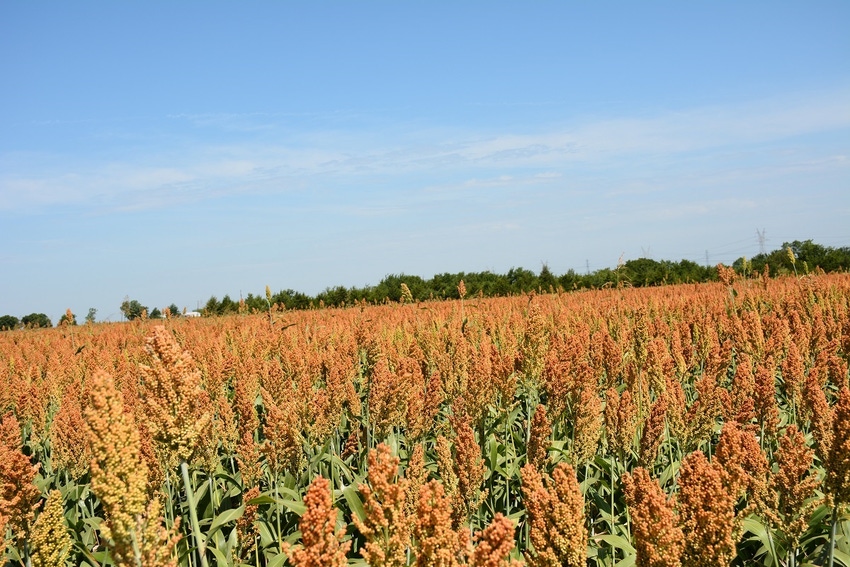
Here's why crop rotation should be part of cotton production strategy
Over the years, experts have claimed reduced disease pressure, fewer weeds, less insect damage, and improved nutrient levels on fields that farmers routinely rotated from one crop to another. Benefits also include soil conservation.

Crop rotation may be one of the most basic production techniques for maintaining soil health and increasing productivity.
Over the years, experts have claimed reduced disease pressure, fewer weeds, less insect damage, and improved nutrient levels on fields that farmers routinely rotated from one crop to another.
The problem, especially in recent years, has been finding a rotation crop that provides as much — or at least nearly as much revenue — as the primary cash crop. And concentrating efforts on one crop may be simpler, requiring less equipment investment and a more simple strategy for planting, harvesting, and marketing.
The reasons to rotate remain sound.
For the latest on southwest agriculture, please check out Southwest Farm Press Daily and receive the latest news right to your inbox.
Crop rotation, including winter cover crops, is getting more attention lately, says Oklahoma State University State Extension Cotton Program Leader Randy Boman, who spoke at the West Texas Agricultural Chemical Institute (WTACI) annual conference at Lubbock recently. Rotation may provide benefits for cotton producers, he said, but it involves a few challenges as well.
No-till production, and no-till with a cover crop, can offer good options for cotton producers, he says “However, in our area, water use is always a concern with a cover crop.” He cautions producers that planting into terminated cover crops or high sorghum residue may require more nitrogen — 20 pounds to 30 pounds per acre more.
GRAIN SORGHUM/COTTON
A grain sorghum and cotton rotation has proven beneficial to cotton, Boman says. “Calvin Trostle, Texas A&M AgriLife Extension agronomist, also notes that research in the High Plains has measured a range in individual years of negative 5 percent to plus 21 percent advantage to cotton from a grain sorghum rotation.”
The negative year could be explained, he says, by heavy crop residue on the surface in direct soil contact, thus tying up nitrogen.
The average across the studies indicated a 5 percent to 10 percent increase in cotton yield. Recent results in Hale County, Texas, also show positive results. The six-year study, from 2004 through 2009, showed a 12 percent yield advantage with a grain sorghum rotation on irrigated cotton, compared to cotton behind cotton. On dryland acreage, the advantage for a grain sorghum rotation was 9 percent.
In-season water management is also an important issue. Boman notes: “Trostle has generated several scenarios for splitting center pivots. In a scenario such as planting half in cotton and half in grain sorghum, producers may be better able to schedule peak water demand under the circle.”
He also cites research conducted near Altus, from 2003 through 2008, by OSU Extension educator Gary Strickland, that shows an advantage from rotation. “While not always significant, no-till crop systems have shown a consistent trend for higher dollar returns beyond production inputs than the conventional tillage system.
“When averaged across years, yields in the no-till, cotton/wheat and cotton/grain sorghum crop rotation systems, have been significantly better than the mono-crop systems. However, cotton and wheat only systems — especially within a conventional tillage system — have done surprisingly well in comparison, when all years are considered.”
About the Author(s)
You May Also Like





